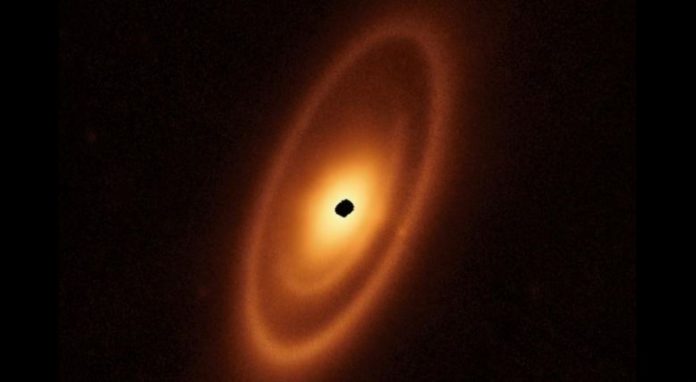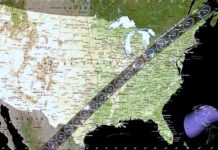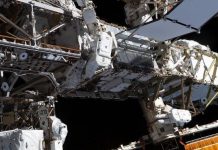
May 10 (UPI) — Researchers using NASA’s James Webb Space Telescope observed multiple debris rings surrounding a young star.
The James Webb Telescope’s Mid-Infrared Instrument, which is designed to capture very long wavelengths of light, found three nested belts surrounding the Fomalhaut star, out to a distance of up to 14 billion miles, NASA said Monday.
Observations by NASA’s Infrared Astronomical Satellite first discovered Fomalhuat’s dust ring, the first asteroid belt seen outside of our solar system in 1983 with Webb, the Hubble Space Telescope and the Atacama Large Millimeter/sub-millimeter Array capturing more detailed images of the outside of the belt.
The latest infrared imagery revealed its inner belts for the first time.
“I would describe Fomalhaut as the archetype of debris disks found elsewhere in our galaxy because it has components similar to those we have in our own planetary system” said study lead author Andras Gaspar of the University of Arizona. “By looking at the patterns in these rings, we can actually start to make a little sketch of what a planetary system ought to look like — If we could actually take a deep enough picture to see the suspected plants.”
Researchers believe the belts are partially shaped by the gravitational pull of planets that cannot yet be observed. The James Webb Space Telescope was able to observe the inner belts around the star by observing infrared light.
“I think it’s not a very big leap to say there’s probably a really interesting planetary system around the star,” said team member Schuyler Wolff.






